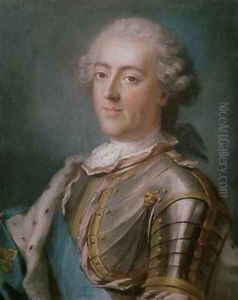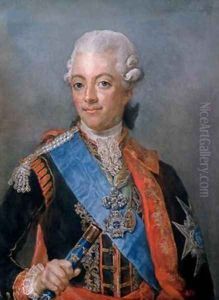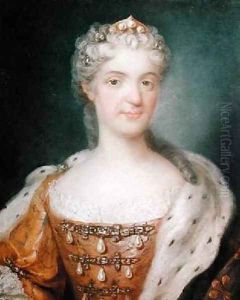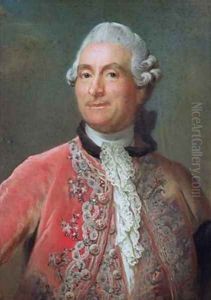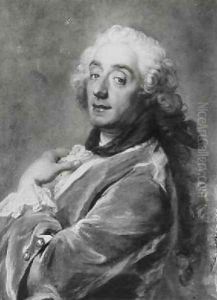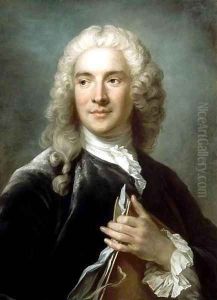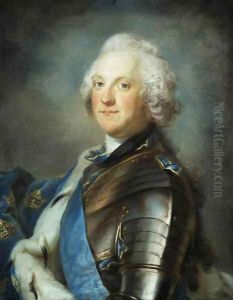Gustav Lundberg Paintings
Gustav Lundberg was a Swedish rococo pastelist and portrait painter, born on August 17, 1695, in Stockholm, Sweden. He is best known for his elegant and refined portraits of the Swedish and French aristocracy. Lundberg's early art education took place in his home country, but his artistic career was primarily developed in Paris, France, where he moved in 1717.
In Paris, Lundberg studied under the prominent Hyacinthe Rigaud, a French baroque painter known for his portraits of Louis XIV and other nobility. Lundberg quickly absorbed the French style and gained a reputation for his pastel technique, which was becoming increasingly popular at the time. His skill in capturing the likeness and character of his sitters, along with his use of light and color, brought him considerable success.
By the 1730s, Lundberg was well-established and served as a court portraitist to King Louis XV. His work from this period often featured elaborate clothing and sumptuous backgrounds, reflecting the opulence of the French court. Lundberg's portraits were characterized by their lively expressions and the soft, delicate rendering of his sitters' features, which was particularly flattering and appealing to his clientele.
In 1741, Lundberg was elected to the Royal Academy of Painting and Sculpture in Paris, which was a significant honor and testament to his skill and reputation as an artist. Despite his success in France, Lundberg eventually returned to Sweden in 1745, where he became a leading portraitist for Swedish royalty and nobility. Among his notable subjects were King Frederick I of Sweden and Queen Louisa Ulrika.
Lundberg's influence extended beyond his own work as he played a crucial role in introducing the French rococo style to Sweden. He also trained a number of other artists, thereby shaping the course of Swedish portraiture. Gustav Lundberg passed away on April 18, 1786, in Stockholm. His legacy is preserved through the many portraits that capture the elegance and spirit of 18th-century European aristocracy.
